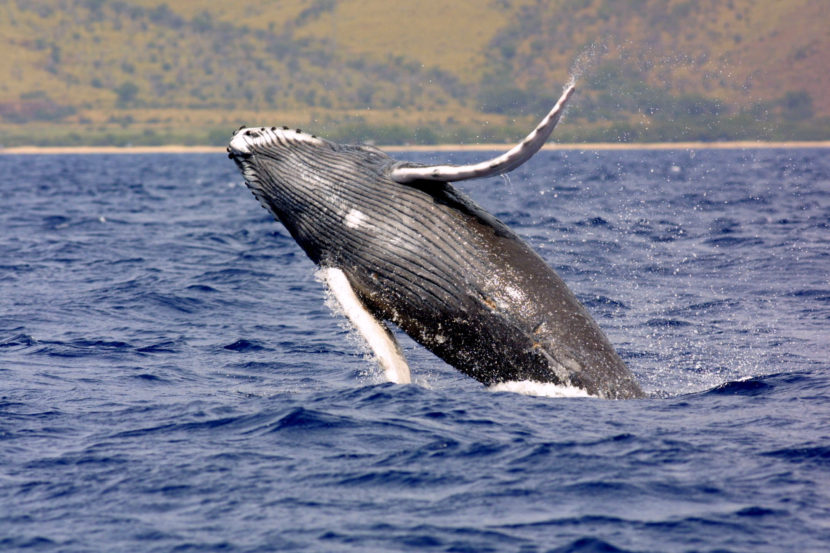
The U.S. Interior Department announced Monday that it has finalized new rules for carrying out the Endangered Species Act.
Interior Secretary David Bernhardt described the changes as improvements.
“Our intent has been to be true to the law, maintaining the legal standards while creating a more transparent, more reliable and more efficient and defensible regime,” he told reporters.
Environmental groups say the new regulations weaken the Endangered Species Act.
Among other things, the rules change the way the U.S. Fish and Wildlife Service will treat animals designated as “threatened.” That category is a step down from endangered, and in Alaska it includes the polar bear and two kinds of eider. Under current rules, animals on the threatened list receive the same protections as endangered species. But the new regulations will require the agency to tailor-make protections for each species it wants to protect as “threatened.”
Jason Rylander, a senior staff attorney at Defenders of Wildlife, said USFWS will have to go through a lot more administrative work to list a new animal as threatened.
“New species, and species that would be downlisted from ‘endangered’ to ‘threatened,’ could potentially receive no protections,” he said, “and then that means they would be essentially on the list in name only.”
Michael Drysdale, an attorney at the firm Dorsey & Whitney, often represents mining companies. He said the new rules will significantly increase the workload for USFWS but could produce more flexible solutions.
Drysdale said it’s wrong to assume the service can’t protect a species while it’s drafting specific rules for it.
“Because the agency always has the opportunity to say, ‘For this specific species, we’re going to treat it exactly as we would an endangered species,’” he said. “So that’s always a fallback option for the agency.”
Drysdale said he doesn’t expect the new rules will have much effect on proposed mines and other projects, despite declarations to the contrary.
“It’s just the nature of our polarized debate. (For) any development, each side wants to say, ‘It’s a momentous change that’s going to radically alter the way the industry or the issue is dealt with,’” he said. “And generally, it doesn’t play out that way.”
Another rule change announced Monday will make it harder for USFWS to declare land as critical habitat for an animal if the species is not on that land. Wildlife groups say sometimes the designation is necessary to allow a species to recover and expand into unoccupied habitat, or because it’s being pushed out of its current territory. The Interior Department says the current standards are too vague.
Environmental groups and several states are expected to file lawsuits challenging the new rules.
